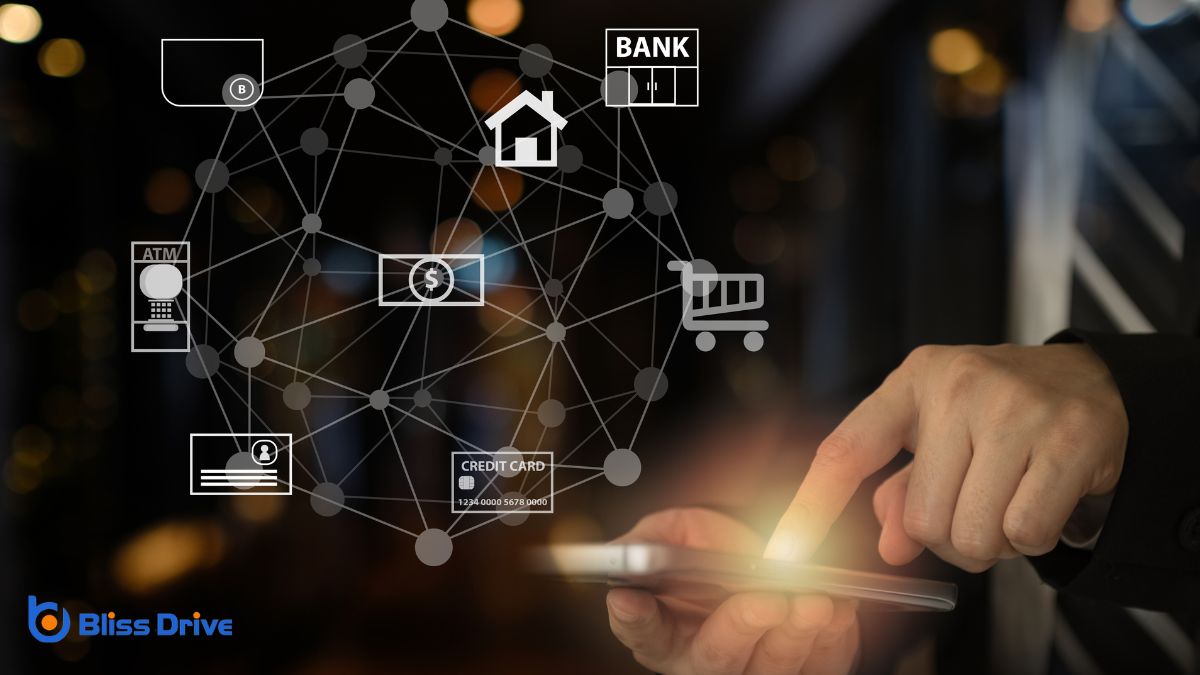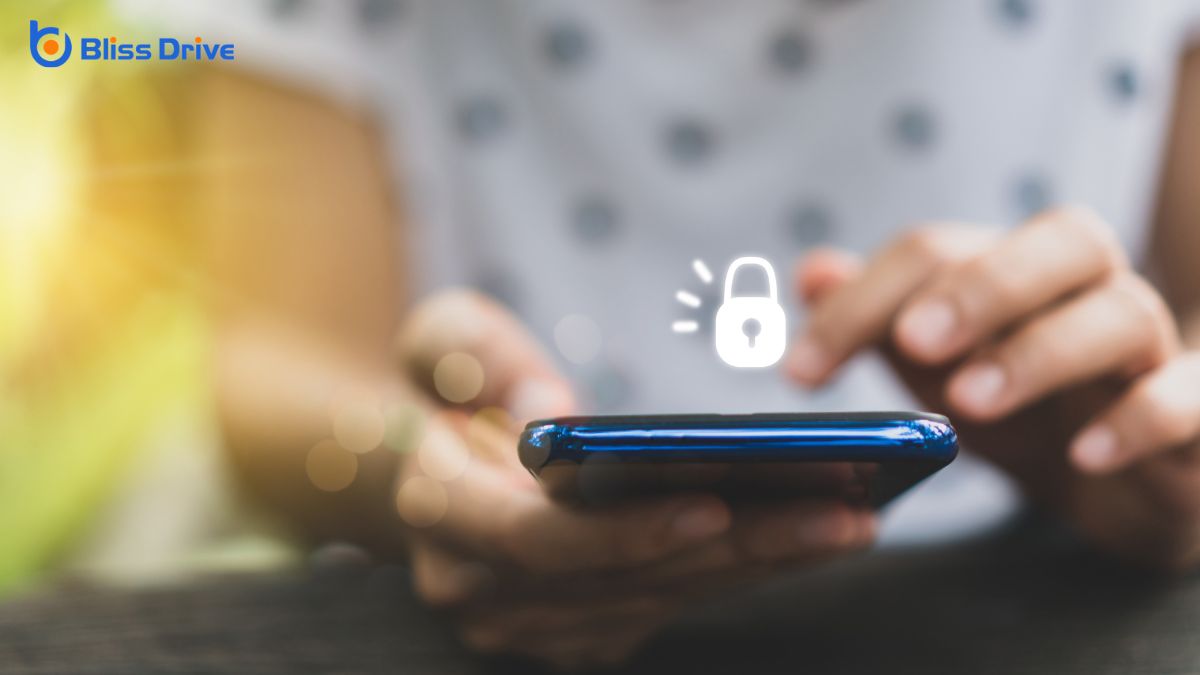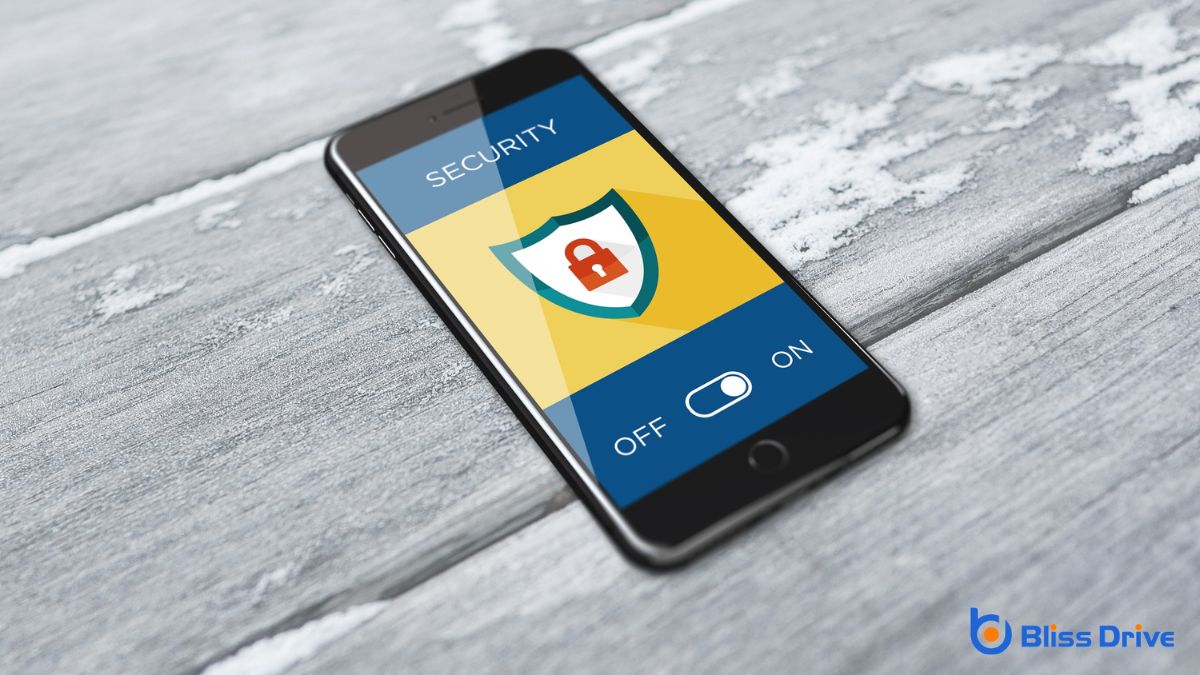Learn More About Us

Common mobile security threats include malicious apps and software, unsecured Wi-Fi networks, and phishing attacks. Downloading apps from unofficial sources can expose you to rogue software that accesses personal information. Public Wi-Fi opens the door to hackers, so use a VPN to shield your data. Phishing can trick you into revealing sensitive information, and outdated operating systems increase vulnerabilities. Bluetooth vulnerabilities also pose risks of unauthorized data access. There's more to discover for bolstering your mobile security.

When you download apps from unofficial sources, you risk exposing your device to malicious software that can steal your data or compromise your security.
Cybercriminals often disguise malware as legitimate apps, tricking you into installing them. Once installed, these rogue apps can access your personal information, send premium text messages, or even record your keystrokes.
To protect yourself, always download apps from official app stores like Google Play or Apple’s App Store, where apps are vetted for safety.
Regularly update your apps and operating system to patch security vulnerabilities. Additionally, pay attention to app permissions—be wary of apps asking for access to sensitive data or features unrelated to their function.
When you connect to public Wi-Fi, you're putting your data at risk.
Hackers can easily intercept your information on unsecured networks, making encryption essential for protecting your personal details.
Always verify your connection is secure to keep your data safe from prying eyes.
Although public Wi-Fi networks offerThe specific product or service being promoted by affiliates. the convenience of free internet access, they come with significant risks. When you connect to these networks, your personal data can be vulnerable to hackers. Cybercriminals often set up fake hotspots with names similar to legitimate networks, tricking you into connecting and exposing your information.
Even on genuine public Wi-Fi, data transmitted over the network can be intercepted, allowing unauthorized access to sensitive details like passwords and credit card numbers.
Man-in-the-middle attacks are another threat. Hackers position themselves between you and the network, intercepting communication without your knowledge. Furthermore, malware can easily spread across unsecured networks, infecting your device.
Always exercise caution, use a VPN if possible, and avoid accessing sensitive information on public Wi-Fi.
Understanding the risks of public Wi-Fi makes it clear why encryption plays an essential role in keeping your data safe. When you connect to unsecured networks, your information becomes vulnerable to hackers. They can easily intercept your data, including passwords and personal details.
Encryption acts like a lock, scrambling your data so only you and the intended recipient can read it.
You should always use a VPN when accessing public Wi-Fi. It encrypts your internet traffic, making it considerably harder for cybercriminals to snoop on your activities.
Verify that your apps and devices use HTTPS and other encryption protocols. This practice adds an extra layer of protection, keeping your sensitive information secure.
Phishing attacks, a prevalent threat in mobile security, cunningly trick users into revealing sensitive information by disguising malicious content as legitimate communication.
You might receive an email or message that appears to be from your bank, urging you to update your account details. Falling for these traps can leadA potential customer referred by an affiliate who has shown interest in the product or service but h... to identity theft or financial loss.
Here’s how you can identify and avoid phishing attacks:
While phishing attacks often exploit unsuspecting users through deceitful communication, another dangerous threat lurks in the domain of mobile security: Man-in-the-Middle (MitM) attacks.
In a MitM attack, hackers intercept the communication between your device and a server, often without you realizing it. They might eavesdrop on sensitive data like passwords, credit card numbers, or personal messages.
Typically, these attacks occur over insecure Wi-Fi networks, such as those in cafes or airports. To protect yourself, avoid using public Wi-Fi for transactions requiring sensitive information.
If you must connect, consider using a Virtual Private Network (VPN) to encrypt your data. Regularly updating your apps and ensuring your devices have strong, unique passwords can also help fend off these malicious intrusions.
Even though new operating system updates might seem like a nuisance, ignoring them can greatly increase your vulnerability to cyber threats.
Hackers love outdated systems because they contain known vulnerabilities that haven't been patched. You're fundamentally leaving the door wide open for them.
Here’s why keeping your OS updated is vital:
Stay protected by making updates a priority, not a chore.
Just as outdated operating systems can expose your device to cyber threats, apps can also be a significant source of vulnerability. Many apps request access to your personal data, like contacts, location, and photos, often without you realizing the potential risks.
When you download apps from unverified sources or grant unnecessary permissions, you’re opening the door to data leakage. Malicious apps can harvest your information and sell it to third parties, compromising your privacy and security.
To protect yourself, always download apps from trusted sources like official app stores. Review app permissions carefully and question why a particular app needs access to specific data.
Regularly review and update permissions in your device settings, and delete apps you no longer use. Stay vigilant to keep your data safe.

Bluetooth vulnerabilities can pose serious threats to your mobile device's security.
You might encounter risks like unauthorized device pairing, which allows hackers to connect to your phone without your permission.
Additionally, be aware of bluejacking and bluesnarfing, which exploit Bluetooth weaknesses and could compromise your personal data if encryption isn't strong enough.
Many users overlook the risks associated with unauthorized device pairing, making Bluetooth vulnerabilities a common security threat.
When you pair your device with unauthorized gadgets, it can expose your data to cybercriminals. Imagine connecting to a rogue device without realizing it. Here’s what could happen:
To protect yourself, always verify devices before pairing, use strong passwords, and keep your Bluetooth settings secure by disabling automatic connections.
Building on the concerns of unauthorized device pairing, the threats of bluejacking and bluesnarfing further highlight the vulnerabilities in Bluetooth technology.
Bluejacking involves a stranger sending unsolicited messages to your device via Bluetooth. While initially harmless, it can be disruptive.
On the other hand, bluesnarfing poses a more severe risk. It involves an attacker gaining unauthorized access to your device's data, such as contacts, messages, or files, without your knowledge or permission.
To protect yourself, keep your Bluetooth turned off when not in use and avoid accepting pairing requests from unknown devices. Confirm your device's software is up-to-date, as manufacturers frequently release patches to address known vulnerabilities.
Staying vigilant helps minimize these Bluetooth-related security threats.
Although Bluetooth technology offers convenience, its encryption weaknesses present significant security vulnerabilities. You might think your Bluetooth connection is secure, but hackers can exploit these flaws to access your data.
Here are three common vulnerabilities:
Staying aware of these issues and ensuring your devices support the latest Bluetooth standards can help protect your data from malicious attacks.
You've learned that mobile security threats are a real concern, and it's essential to stay vigilant. Be cautious of malicious apps and software that might compromise your device. Always use secure Wi-Fi networks to avoid exposure to phishing and man-in-the-middle attacks. Keep your operating system updated to protect against vulnerabilities. Watch out for data leakage through apps and be mindful of Bluetooth vulnerabilities. By taking these precautions, you'll greatly reduce the risk of falling victim to these threats.
